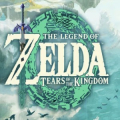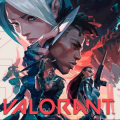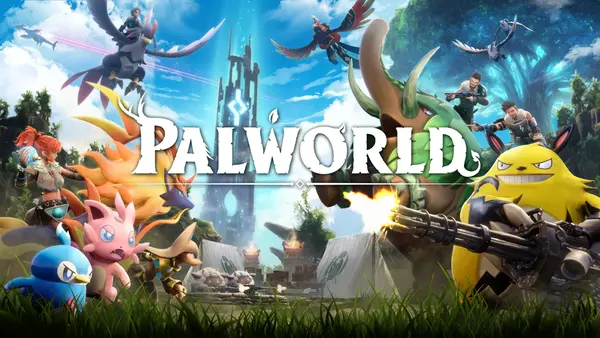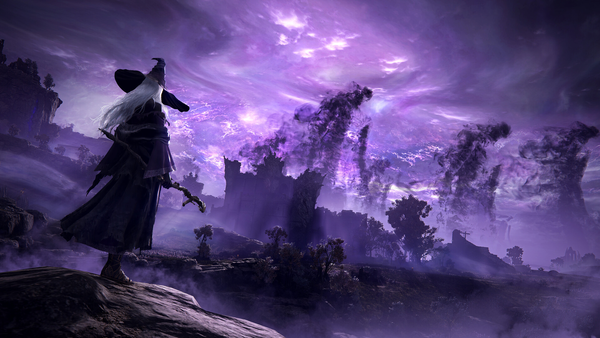
Genshin Impact
All trademarks belong to their respective owners.
Advertisement
Popular Now
Genshin Impact has captivated millions with its vast open world and engaging gameplay. However, the pay-to-win (P2W) elements within the game often spark debates about fairness, player retention, and overall satisfaction. This article delves into the nuanced impacts of Genshin’s monetization strategy on its player base, exploring both the advantages and the challenges it presents.
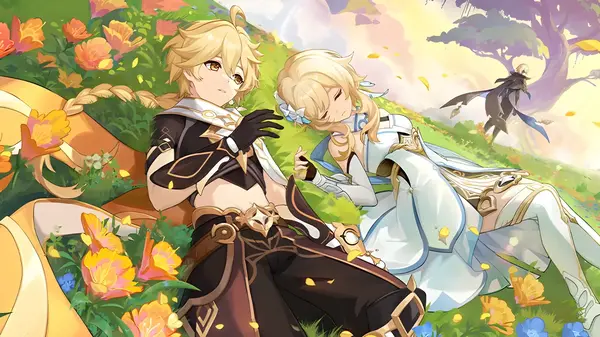
Introduction to Pay-to-Win Elements
Monetization in Gacha Games
As a gacha-based RPG, Genshin Impact relies on random pulls for characters and weapons, which players can obtain through in-game currency or real money.H3: Free-to-Play vs. Paid Players
- Free-to-play (F2P) players rely on grinding for currency to make limited pulls.
- Paid players often have quicker access to stronger characters and weapons, creating disparities.
H4: Examples of P2W Advantages
- Exclusive 5-star characters like Hu Tao and Zhongli are often game-changers in high-level content.
Gameplay Imbalance
Spiral Abyss and Combat Challenges
High-difficulty content like the Spiral Abyss often favors players with optimal builds, which can be more easily achieved through monetary investment.H3: Power Disparities
- Players with access to premium characters outperform those reliant on F2P options.
- Weapon banners further widen the gap by introducing overpowered equipment.
H4: F2P Adaptations
- Some F2P players succeed by leveraging strategy, but their options are significantly limited.
Multiplayer Dynamics
Co-op play in Genshin Impact introduces additional challenges for F2P players.H3: Contribution Imbalance
- P2W players often dominate, leading to unequal contributions during boss fights or events.
The Community Divide
Polarizing Opinions
The P2W nature of Genshin Impact has divided its community into distinct groups.H3: Advocates for P2W
- Argue that monetization funds game updates and expansions.
- Believe spending enhances their experience and rewards effort.
H3: Critics of P2W
- Highlight the exclusionary nature of P2W mechanics.
- Call for more equitable systems to reward F2P players.
Social Media Backlash
Controversial updates and banners often spark heated debates online.- H4: Example: Zhongli’s initial release drew criticism for being underpowered, leading to buffs.
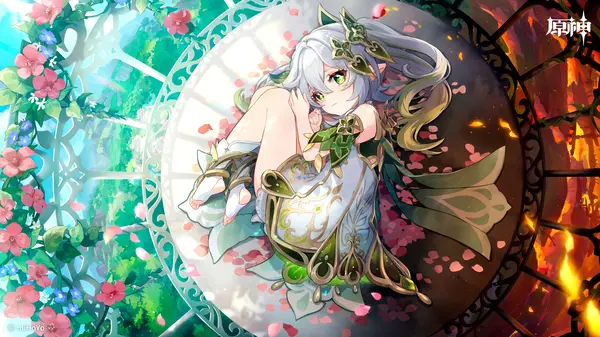
The Role of Events and Rewards
Limited-Time Opportunities
Genshin’s events offer exclusive rewards, but often favor those who spend money to maximize efficiency.H3: Event Banners
- High drop rates for specific characters entice players to spend.
H4: Missed Opportunities for F2P Players
- Limited pulls mean many players miss out on exclusive content.
In-Game Currency
The game’s currency system often forces difficult choices for F2P players.- H3: Primogem Allocation
- Players must decide between saving for banners or immediate pulls.
Psychological Effects on Players
FOMO (Fear of Missing Out)
P2W elements capitalize on players’ fear of missing out on powerful characters and weapons.H3: Impulse Spending
- Players often justify purchases as “one-time” investments, leading to recurring spending.
H4: Satisfaction vs. Regret
- While some enjoy the benefits, others experience buyer’s remorse.
Competitive Pressure
Though Genshin Impact lacks PvP, internal competition within the community fosters pressure.H3: Achievement Comparisons
- Players often compare damage numbers and builds, creating an implicit hierarchy.
Developer Strategies
Balancing Monetization with Accessibility
MiHoYo has introduced measures to address some player concerns, but challenges remain.H3: Guaranteed Pulls
- Pity systems ensure eventual rewards but require significant investment.
H4: Free Characters
- Periodic free characters offer limited alleviation for F2P players.
Communication and Transparency
MiHoYo’s responses to community feedback play a crucial role in maintaining player trust.- H3: Example: Buffing Zhongli after initial backlash.
The Ethics of Monetization
Predatory Practices
Critics argue that Genshin Impact’s monetization borders on predatory behavior.H3: Targeting Vulnerable Players
- Younger players or those with addictive tendencies are particularly at risk.
H4: Legal and Social Implications
- Some regions have introduced regulations to curb exploitative gacha mechanics.
Sustainable Alternatives
Suggestions for fairer systems include:- Increased access to premium currency through gameplay.
- Enhanced rewards for F2P players.
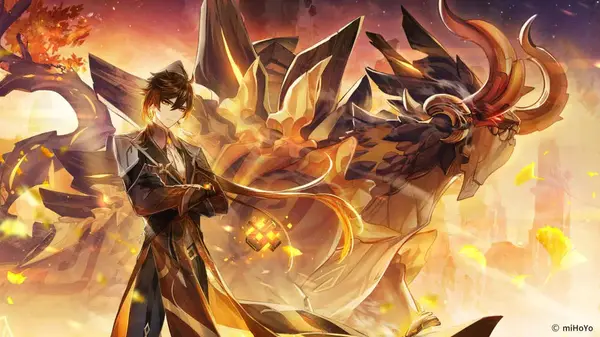
Looking Forward
Lessons from Other Games
Analyzing successful balancing of monetization and fairness in other gacha games.- H3: Example: Fate/Grand Order’s generous free content.
